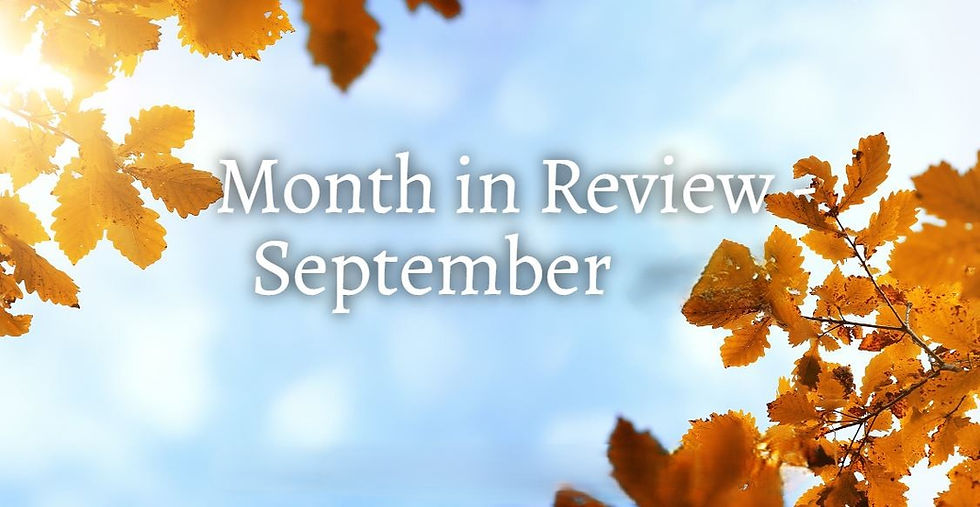Diving into the Past: Where to Begin Your Historical Fiction Adventure
- apiperburgi
- Jul 9
- 4 min read

Writing historical fiction can feel like stepping into a time machine. You get to explore different eras, cultures, and events while weaving captivating tales that resonate with readers. But where do you start? Fear not! This guide will break down the process, giving you the tools to ignite your creativity while keeping your historical context intact.
Understanding the Basics of Historical Fiction
First things first, let’s define what historical fiction is. It's a genre where the story takes place in the past, featuring both real and fictional characters, events, and settings.
When diving into this genre, it’s important to grasp the essence of the time period you choose. It's not just about the clothing or the type of horse-drawn carriage; it’s about the heartbeat of the era. What were the societal norms? What events shaped the world? Making your historical backdrop believable is crucial to engage your readers.
Research: Your Best Friend
Before you even think about writing your first draft, buckle up for a research adventure!
Books, Documentaries, and Interviews: Start by diving into books. Seek out both fiction and non-fiction titles related to your chosen period. Documentaries can also be an amazing source of visual and contextual information. Don’t shy away from interviews with historians or experts on your topic.
Online Resources: The internet is packed with resources. Websites like JSTOR or your local library’s online database can provide academic articles and primary sources. Just make sure to cross-reference information to ensure accuracy.
Choosing Your Time Period
The beauty of historical fiction lies in its limitless options.
Identify Your Interests: Think about periods that excite you. Are you fascinated by the roaring twenties, the Victorian era, or perhaps, the age of the ancient Romans?
Focus on Specific Events: If you're unsure, consider significant events in history. Wars, revolutions, or cultural shifts can be solid backdrops for your story.
Building Authentic Characters
Your characters in historical fiction need to feel authentic and relatable, even if they're facing vastly different circumstances from today.
Research Character Archetypes: Look into typical roles for your chosen era. What was a woman’s role in society at that time? What were the career expectations for men?
Developing a Character's Voice: Language evolves over time. Pay attention to how people spoke in the past. This will help you craft dialogues that reflect the time without feeling forced.
Weaving Fiction with Fact
Balancing historical accuracy with creative storytelling can be tricky, but it’s an essential skill for any historical fiction writer.
Interlacing Real Events: Use real historical figures and events to add layers to your narrative. For instance, if your story is set during WWII, don't hesitate to reference actual battles or figures that were significant during that time.
Creating Fictional Elements: While facts ground your story, fictional elements make it unique. Consider how fictional characters could influence or intersect with historical events.
Crafting a Plot That Sings
Now it's time to outline your story.
Outline First: Before diving into detailed paragraphs, sketch a broad outline of your plot. What are the major turning points? What conflicts will your characters face?
Starting with a Hook: Just like any good story, you’ll want a hook to draw your readers in. This could be an intriguing character introduction, a significant event, or a perplexing problem the protagonist faces right from the get-go.
Embracing the Setting
Your setting is the stage for your story, and its vivid portrayal can transport readers through time.
Research the Geography: Familiarize yourself with the landscapes, architecture, and daily life of the time. Photographs, paintings, and travel literature can enhance your descriptions.
Descriptive Language: Use descriptive language to paint a picture in the readers' minds. Instead of saying, “She walked through the village,” try “She strolled through the cobblestone streets of the bustling market, the scent of dried herbs and fresh bread wafting through the air.”
Editing: The Last Step
Once you’ve got your draft, it's time to refine it. Historical fiction often requires a more focused approach due to the blend of fact and imagination.
Fact-Check: Go back to your research and ensure that all your historical details are accurate.
Professional Editing: Consider bringing in a professional editor who specializes in historical fiction to help polish your manuscript. They can catch inaccuracies or assist with pacing issues.
Conclusion
Writing historical fiction might seem daunting, but with passion and persistence, it’s an exhilarating journey. By immersing yourself in the research, understanding the social dynamics, and weaving compelling characters with accurate historical events, you can create stories that resonate with readers across ages.
So grab a notebook, embark on your research journey, and let your imagination flow through the annals of history. Remember, every great story begins with a single step. Happy writing!
Piper is the award-winning author of The Country Girl Empress series. When she isn't busy typing on her computer, she can be found chasing after her furry children or holding on tightly to a good cup of coffee. Follow her on LinkedIn, Facebook, Medium, and Goodreads








Great article. I've published 6 books, but just started my first historical fiction. I love the research. If you don't mind, I'll include a link to this blog on my new FB group: New France -Historical Fiction and Research. I'm working in rural France in 1650. So much fun.